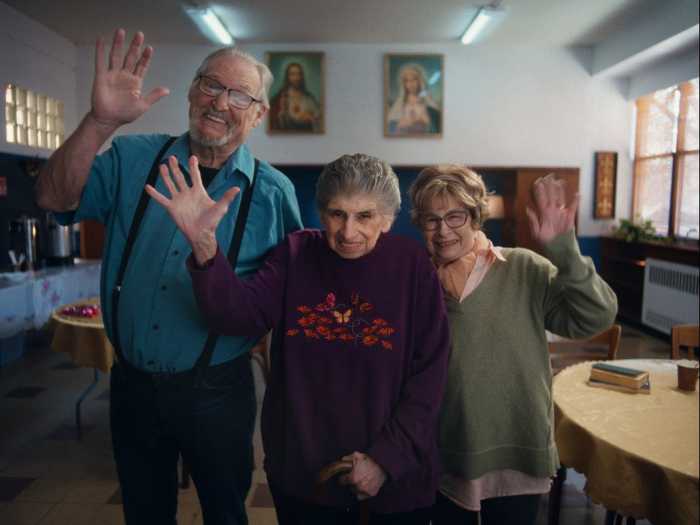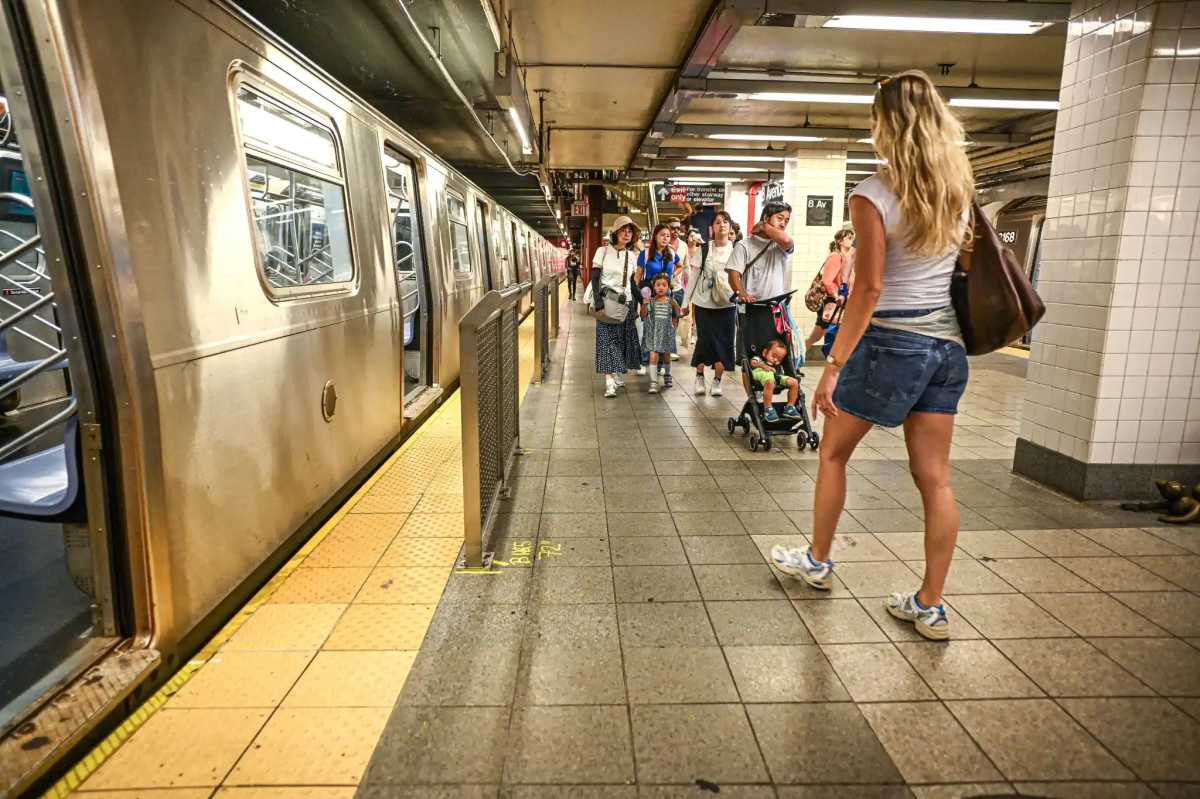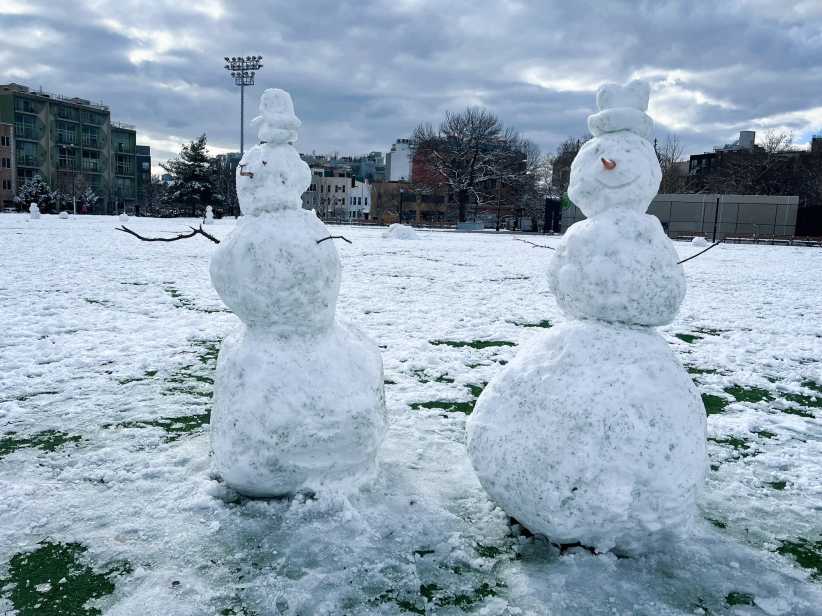After an inmate at a Brooklyn detention center was diagnosed with COVID-19, activists have renewed their demands for federal authorities to release detainees vulnerable to the virus.
“This is a real disaster waiting to happen,” said David Patton, the executive director of the Federal Defenders of New York at a press conference on Sunday.
The male detainee — who was arrested and brought to the Metropolitan Detention Center in Sunset Park while waiting a court date on March 16 — first complained of chest pains on March 19, and underwent coronavirus testing at a nearby hospital, according to a spokesperson at the Federal Bureau of Prisons, who said the test results came back positive on March 21. The inmate had been kept in isolation while awaiting official results, and his bunkmates have since been quarantined, the spokesperson added.
To stem the virus’ spread, authorities have suspended all visits to all federal jails, stopped inmates from moving within facilities, and are testing and quarantining all new inmates, the bureau confirmed.
However, a group of public defenders blasted those precautions as infective at reducing the virus’ spread through the crowded jails — which house a number of inmates considered to be particularly at risk.
About one-third of the 2,000 inmates detained at Sunset Park’s Metropolitan Detention Center and Manhattan’s Metropolitan Correctional Center are classified as within the “vulnerable population” — meaning the virus is more likely to be lethal if they contract it, Patton said.
Both facilities — which mostly house people awaiting their trials, as well as some serving short sentences — have a constant flow of new arrests, which make them a hotbed for disease, according to Patton.
“These are places that are particularly susceptible to contagion,” Patton warned on March 22. “They are not sanitary, social distancing is not a possibility, they’re overcrowded.”
To truly mitigate coronavirus’ spread, Patton and a group of elected officials claimed the US Attorney’s Office needed to release vulnerable inmates who are not deemed a risk to the general public, and stop new inmates from entering the premises to allow inmates to be physically spread out.
“Mitigating efforts such as physical distancing and frequent hand washing is impossible in jails. People are escorted most places in correctional settings so it’s very difficult for people to stand six feet apart,” said Jonathan Giftos, the former medical director at Rikers Island. “The only measure that will meaningfully impact the spread coronavirus in the jail system is to depopulate.”
Last week, authorities agreed to release 56 vulnerable inmates from Rikers Island, where about 38 people have tested positive for the virus as of March 23, the Associated Press reported. Another 200 people are being reviewed for release, according to Mayor Bill de Blasio.
Advocates, however, said that officials have to release a much larger percentage of inmates in order to reduce the threat of further contagion.
“It needs to be an efficient, quick, and big effort, it can’t just be a handful of people,” Patton said. “We have several hundred people who fall into the CDC vulnerable category, and we need to make a massive effort to get them out of there.”
In 2019, the Federal Defenders of New York sued the feds in charge of the Metropolitan Detention Center after the facility forced its 1,600 inmates to endure freezing temperatures during a weeklong power outage in January 2019. On March 20, more than a year after the outage, an appeals court ruled that the defenders could pursue their lawsuit, the Daily News reported.

























